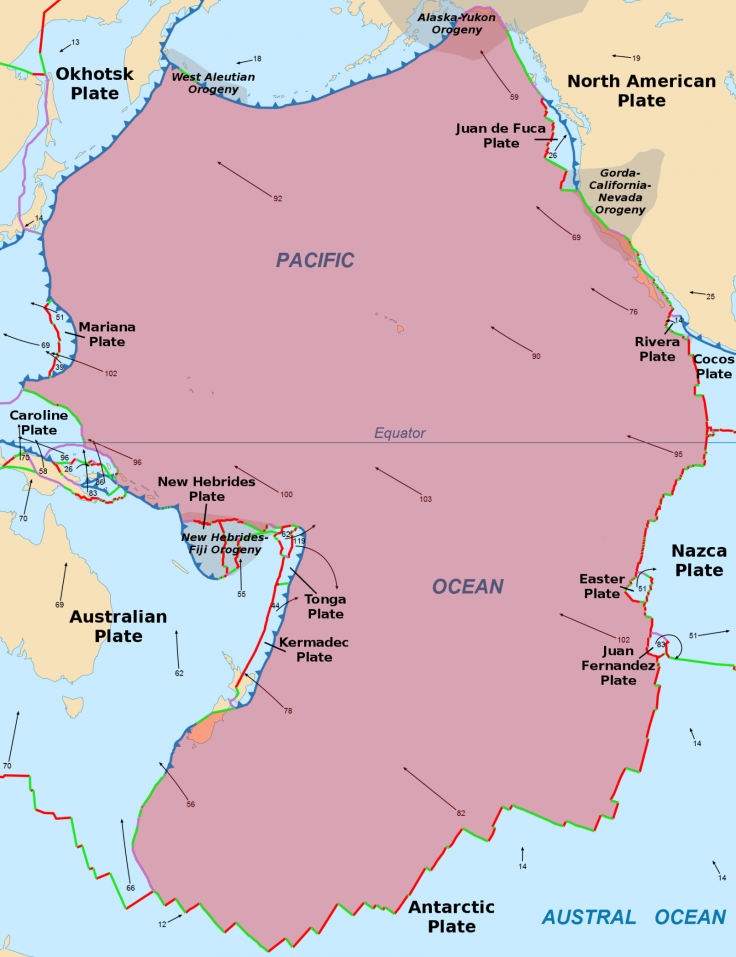Scientists reconstruct tectonic activity which led to the birth of the Pacific Plate
Three ancient plates came together to create the modern Pacific Plate.

The Pacific Plate formed 190 million years ago and for the first time, scientists have precisely reconstructed the tectonic activity that led to this event. The largest plate on Earth today, the Pacific Plate appears to have formed within the ancient Panthalassa Ocean – which surrounded the super continent Pangea – a precursor to the modern Pacific Ocean.
Reconstructing tectonic plate movement so far back in the past is a huge challenge for scientists, because there are few surviving remnants of tectonic plates which existed at the time - most have disappeared in the process of subduction, whereby plates dives into the Earth's mantle.
However, in this study published in the journal Science Advances, researchers succeeded in analysing evidence to from the modern Pacific Plate to find out exactly where, when, and how it was born, and how the Panthalassa plates must have moved before its birth.
Magnetic patterns and seismologic activity
The scientists, from the University of Utrecht (Netherlands), reconstructed a model of the tectonic plates movement which led to the birth of the Pacific Plate. For this, they used evidence from magnetic patterns from the oldest part of the modern Pacific Plate, as well as seismologic data of the Earth's mantle below the current Pacific Ocean.

The geometry of the oldest marine magnetic patterns of the modern Pacific Plate attest to a unique movements of plates before its creation. It suggests that the Pacific Plate originated at a triple junction between three now largely disappeared plates known as the Izanagi, Farallon, and Phoenix plates.
With their model, the scientists show that three transform faults – boundaries between these three plates sliding past one another – came together, resulting in the birth of the new Pacific Plate, 190 million years ago.
This reconstruction thus pushes the frontier of plate reconstruction one critical step further back in geological time.
In the last part to the study, the scientists also explained that the birth of the Pacific Plate occurred at the time that the subduction process within the Panthalassa Ocean came to an end.
The next step of the research would be to identify where the ancient plates are located within the Earth's deep lower mantle to discover the absolute location of the birth of the Pacific Plate.
© Copyright IBTimes 2025. All rights reserved.






















